Intensive learning has a profound impact on the very structure and function of our brains. Recent studies show that rigorous learning activities can lead to changes within the brain’s gray matter. These changes occur in areas associated with memory and learning, such as the hippocampus. These adaptations reflect the brain’s remarkable ability to modify itself when faced with new and challenging tasks.
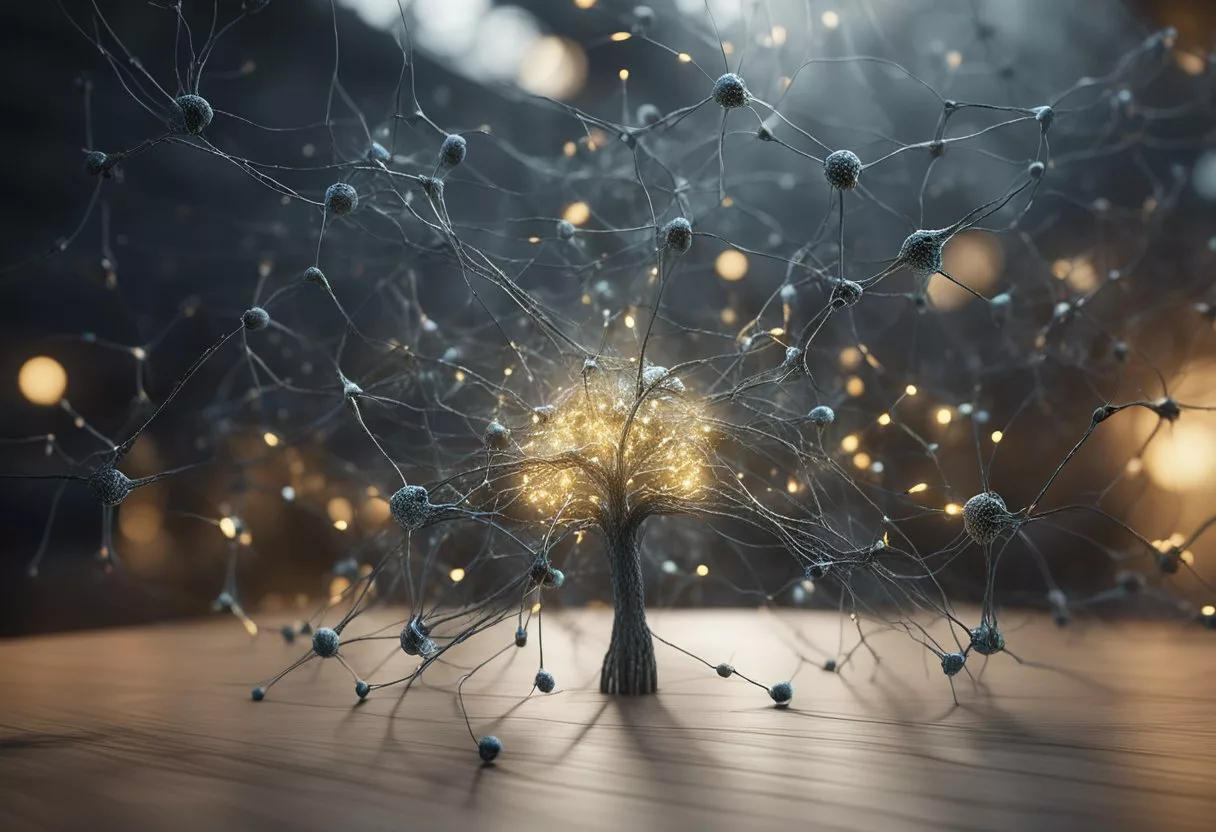
Brains subjected to regular, focused learning can experience alterations in cortical activation patterns. These changes can potentially improve cognitive functions like attention, problem-solving, and memory. Long-term, intensive learning—such as that undergone by professional athletes or musicians—can be associated with measurable changes in brain structure. These changes suggest that sustained mental effort may have far-reaching effects on our neural architecture. Such changes are not only intriguing but also offer a window into how we can enhance cognitive performance and maintain mental acuity throughout our lives.
Key Takeaways
- Intensive learning can lead to structural changes in the brain, particularly in areas associated with memory and cognition.
- Sustained mental effort and training have the potential to improve brain function and cognitive abilities.
- Understanding brain plasticity in response to learning has significant implications for educational strategies and maintaining cognitive health.
Understanding Intensive Learning
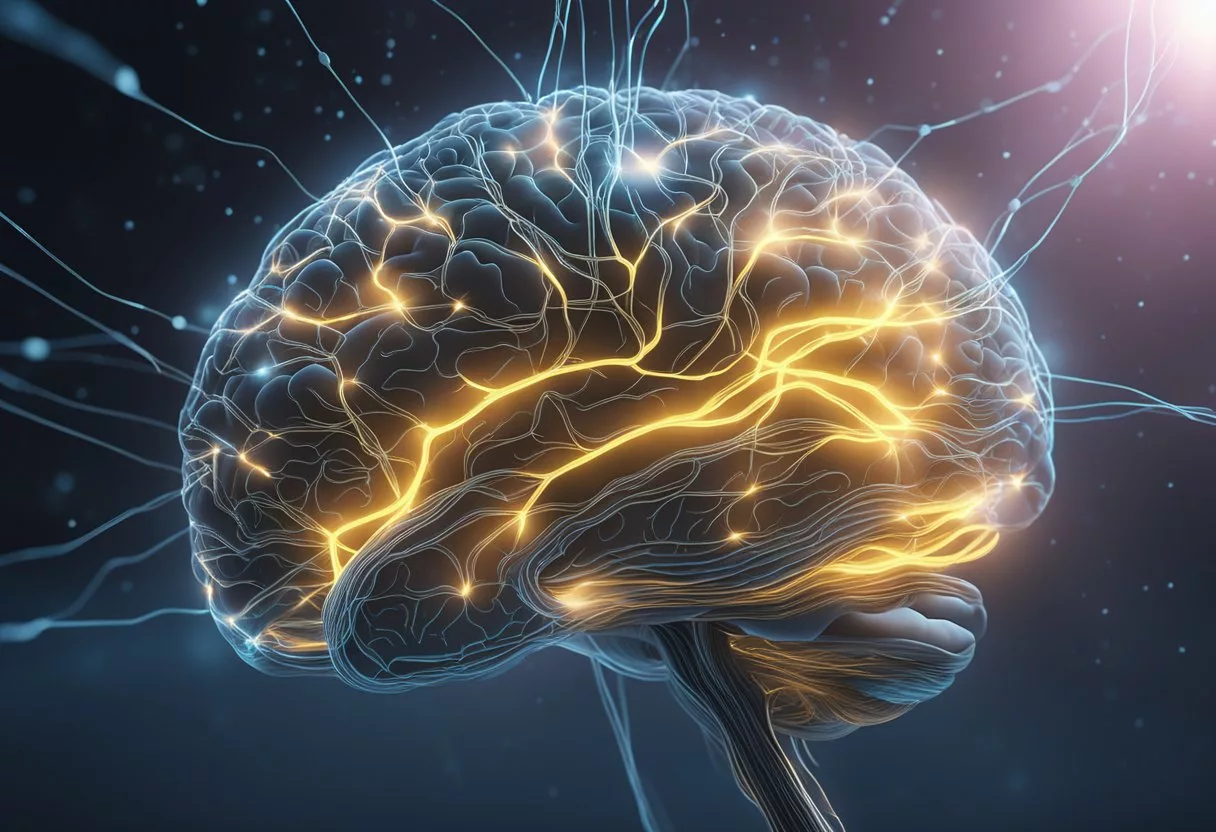
Intensive learning facilitates significant changes in brain structure and function, enhancing cognitive abilities essential for performance. Current research underscores its impact on neural pathways, supporting the idea of the brain as a dynamic organ capable of remarkable adaptation.
The Science of Learning
Research indicates that intensive training can induce structural brain plasticity. This is particularly evident in adults who engage in focused learning activities over a period of time. For instance, a study has shown that monkeys receiving intensive training displayed notable neural changes. This evidence suggests that similar effects occur in humans, pointing to the brain’s capacity to reorganize and strengthen its networks through rigorous learning endeavors.
Key Concepts in Brain and Learning
- Neuroplasticity: The brain’s ability to reorganize neural pathways based on new experiences.
- White Matter: Composed of myelinated fibers, its structure can be influenced by intensive training, potentially enhancing learning efficiency.
- Grey Matter: Involved in processing information and skills; may also undergo changes with focused learning sessions.
Cognition and Learning Performance
Cognitive performance, particularly in areas such as memory and problem-solving, can be enhanced through intensive learning. A study analyzing cortical activation following intensive learning highlights the role of the brain’s adaptability in improving short-term memory circuits. This adaptability allows individuals to better store and recall information, directly influencing the success rate of learning outcomes.
Brain Structure and Impact of Learning
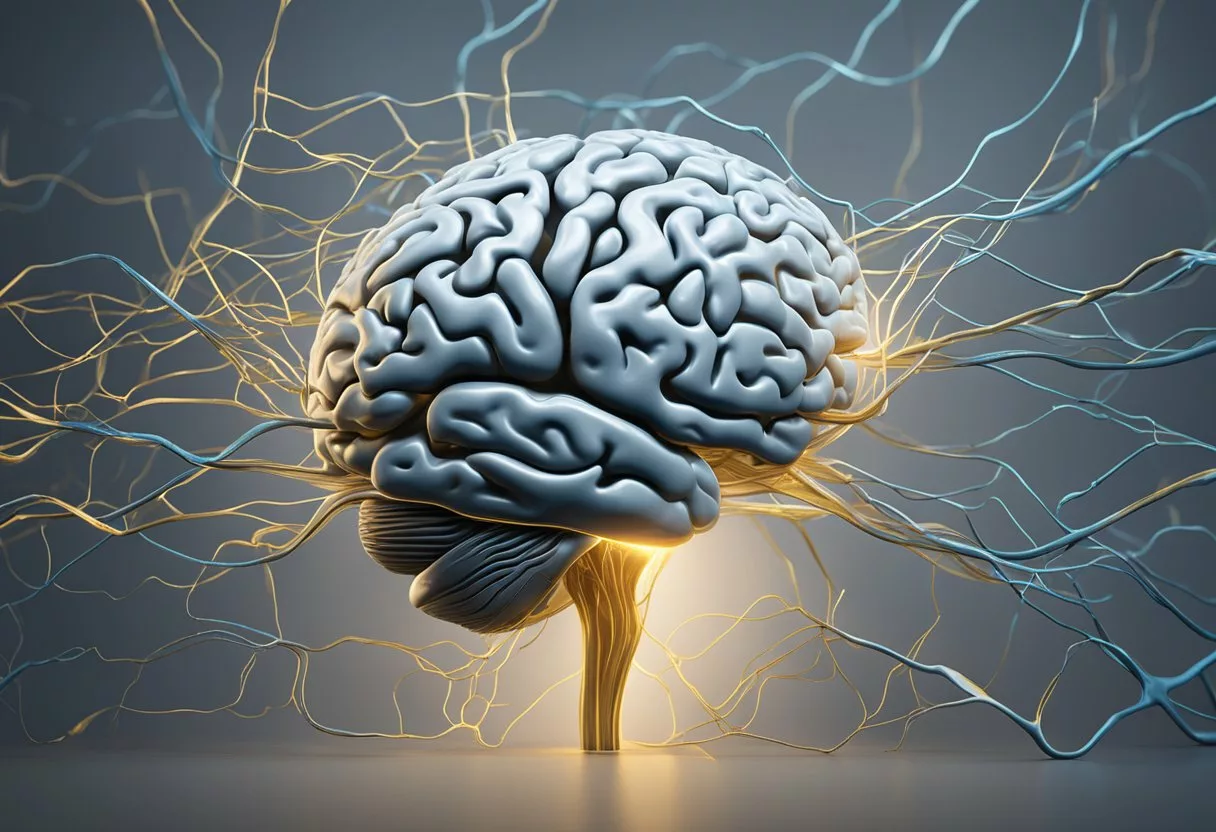
Learning has a profound effect on the brain, reshaping its structure and enhancing its function through processes like neuroplasticity. This adaptive change underscores the brain’s ability to reorganize itself in response to learning experiences.
Neuroplasticity and Cognitive Development
Neuroplasticity refers to the brain’s ability to form and reorganize synaptic connections, especially in response to learning or experience. Research indicates that neuroplastic changes are crucial during cognitive development and continue throughout an individual’s life. Intensive learning can drive these plasticity-based changes, leading to improved cognitive functions such as memory, attention, and problem-solving skills. It is this remarkable plasticity that allows the brain structure to adapt and evolve in the face of new challenges and information.
Gray Matter and White Matter Changes
Cognitive training and learning tasks are known to induce changes in both gray matter and white matter. Gray matter volume can increase in regions related to the learned skill, reflecting a possible increase in synaptic connections or glial cells. Similarly, structural connectivity, the aspect that defines white matter integrity, is also affected by learning. Changes in white matter can result in improved efficiency and speed of nerve conduction between different brain regions.
For instance, studying the effects of aerobic activity juxtaposed with cognitive challenges shows how complex learning can lead to structural changes in both gray and white matter. Additionally, studies have demonstrated that prolonged and intensive learning activities — such as those performed by gymnasts — are associated with increased cortical thickness and alterations in brain regions that are engaged during physical activities. These changes underscore the neuroanatomical adaptation to the demands placed on the brain.
Functional Changes in the Brain
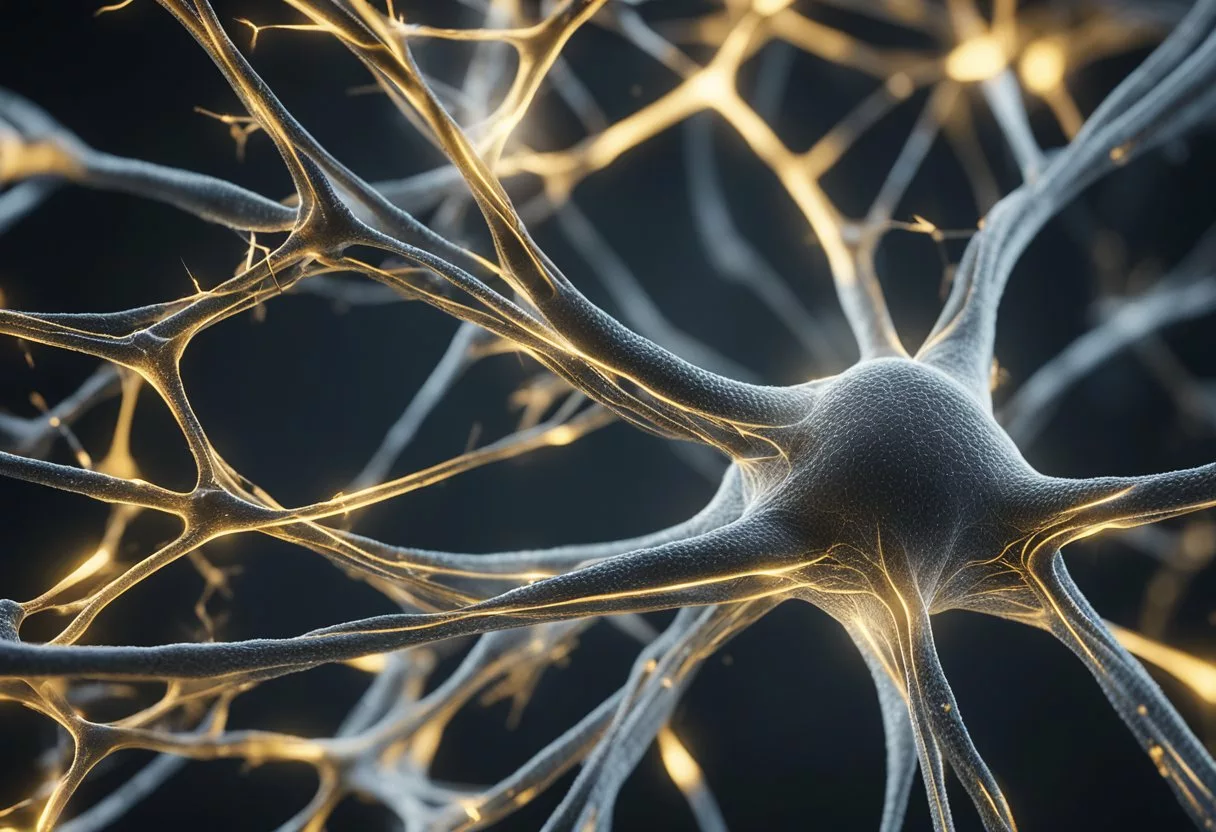
Intensive learning can lead to remarkable functional changes within the brain, involving alterations in connectivity and brain networks. These changes are observable through advanced imaging techniques like functional magnetic resonance imaging (fMRI).
Connectivity and Brain Networks
Brain networks are composed of interconnected neurons that work together to process and integrate information. Intensive learning tasks have been shown to enhance the connectivity between various brain regions. This enhanced connectivity improves their ability to communicate and function effectively. This effective connectivity is crucial for cognitive activities such as problem-solving and memory formation.
Functional Magnetic Resonance Imaging (fMRI) Insights
fMRI has been pivotal in identifying functional dynamics within the brain during learning tasks. By detecting changes in blood flow, fMRI allows researchers to map brain function and determine which areas become more active during certain tasks. Studies have shown that during intensive learning, specific brain regions demonstrate increased activation, indicating their involvement in the learning process.
Resting-State Brain Function
Even at rest, the brain exhibits a unique pattern of activity known as the resting-state function, which includes networks like the default mode network. Intensive learning influences these resting-state networks, suggesting that the brain continues to organize and consolidate learned material even when it is not actively engaged in a task. This highlights the importance of rest in the learning process and its impact on long-term memory consolidation.
The Role of Memory Systems
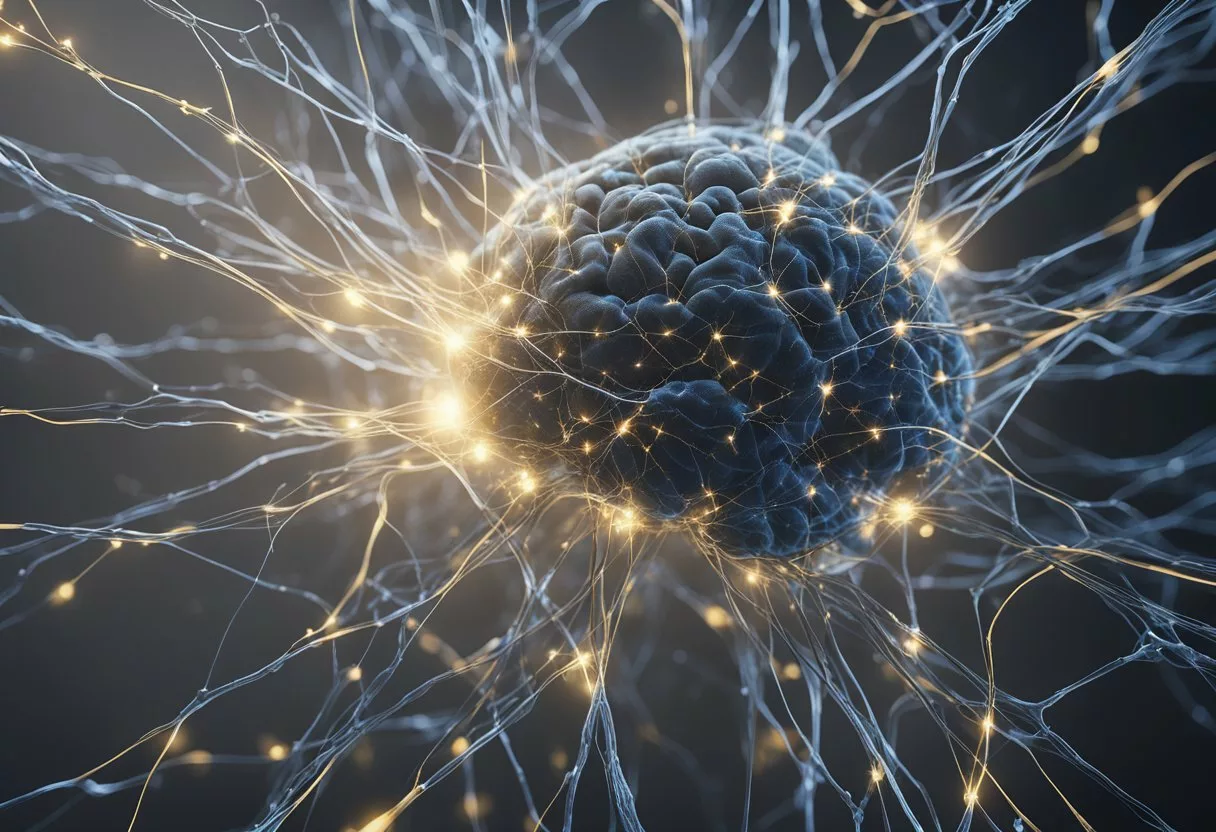
The memory systems play a pivotal role in intensive learning, where working memory serves as a processing hub and the hippocampus is central to memory consolidation.
Working Memory and Intensive Learning
Working memory serves as the brain’s temporary storage system, allowing individuals to hold and manipulate information over short periods. This mental workspace is crucial for complex cognitive tasks and intensive learning activities. When learning intensively, the hippocampus and working memory interact intricately as new information is acquired and processed.
Memory Formation and Recall Processes
Memory formation is the process of encoding information, a task heavily reliant on the hippocampus. Once encoded, the ability to effectively retrieve this same information signifies successful recall. Intensive learning experiences enhance these processes, making the recollection of complex data more accessible to the learner.
Structural and Functional Aspects of Memory
Intensive learning can lead to detectable changes in the brain’s structure, particularly in regions involved with memory systems. These changes may include alterations in the hippocampus, which not only aids in memory consolidation but also shows plasticity in response to learning demands. Functional changes reflect the brain’s adaptability and manifest as improved efficiency in both encoding and retrieval of memories.
Cognitive and Behavioral Outcomes
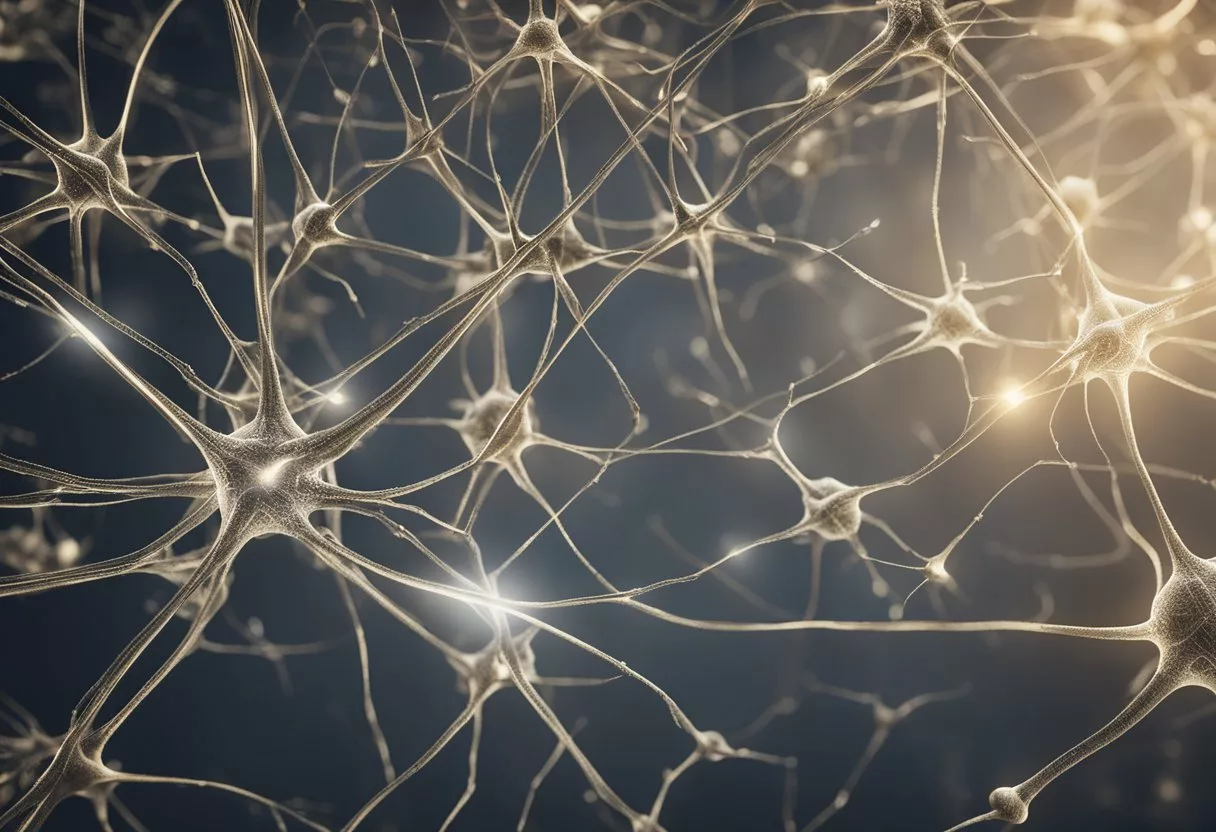
Intensive learning has a measurable impact on cognitive capacities and behavioral patterns. These effects can be observed particularly in areas of attention and cognitive control.
Attention and Intensive Learning
Research finds that intensive learning activities enhance one’s ability to focus and maintain attention. For example, studies on the effects of music training on children’s brain and cognitive development suggest that such educational engagements can lead to significant improvements in the attentional abilities of students. This is attributed to the changes in brain structure and function brought about by rigorous and consistent practice.
Cognitive Control and Behavior Modification
Cognitive control, the ability to regulate thought processes to achieve goals, is also positively influenced by intensive learning. A key aspect of this is behavior modification, where individuals learn to alter their behavior to better meet their objectives. In the context of digital media use, for instance, there is growing evidence to suggest that it can change synaptic function, which could imply altered cognitive control mechanisms. This indicates a relationship between systematic training and improved regulation of behavior, which is crucial for adapting to new tasks and environments.
Technological and Methodological Approaches
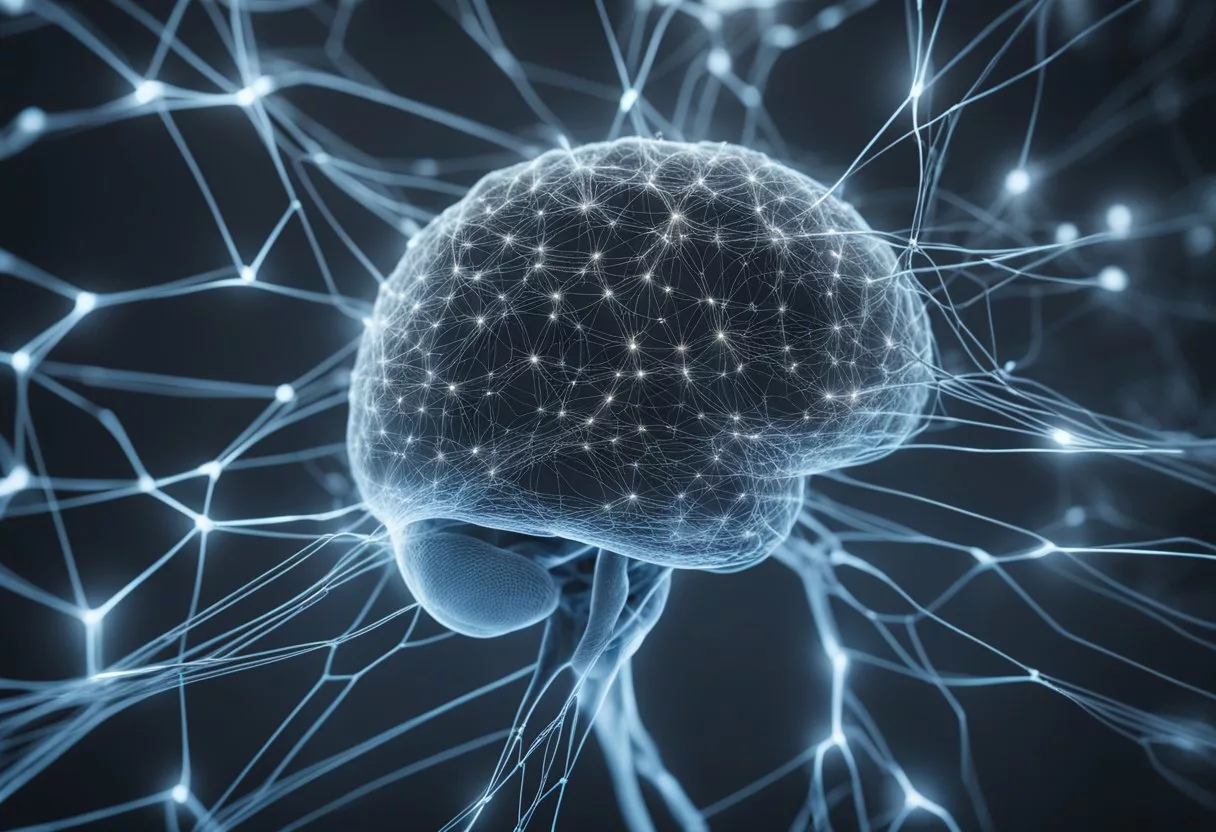
The landscape of neuroscience has been profoundly transformed by advancements in technology and methodology. These advancements allow researchers to gain deeper insights into the learning-driven changes in brain structure and function.
These approaches enable the quantitative assessment and visualization of neural patterns and activity.
Computational Modeling in Neuroscience
Computational modeling has become a cornerstone in neuroscience for simulating and understanding the complex mechanisms of the brain.
Computational models can encompass a variety of scales, from single neuron dynamics to large-scale neural networks. These models are instrumental in hypothesizing how neural activity correlates with learning processes. They are also used in predicting how changes at the cellular level may affect overall brain function.
Advances in Neuroimaging Techniques
Neuroimaging has witnessed substantial advancements with techniques like magnetic resonance imaging (MRI) leading the charge.
In particular, voxel-based morphometry allows for a detailed examination of brain anatomy. This enables researchers to track changes in grey and white matter density as a result of intensive learning.
High-resolution MRI scans provide a non-invasive window into the brain, revealing structural and functional changes over time.
Applications of Machine Learning
Machine learning techniques are increasingly applied in neuroscience to analyze complex datasets.
These methods can identify patterns within data that may be imperceptible to human observers.
By training algorithms using vast datasets from sources like MRI studies, researchers can classify, predict, and even generate insights into the connections between intensive learning and neuroplasticity.
Machine-learning algorithms thus hold the potential to uncover novel patterns of brain alterations linked to cognitive processes.
Individual Variability and Learning
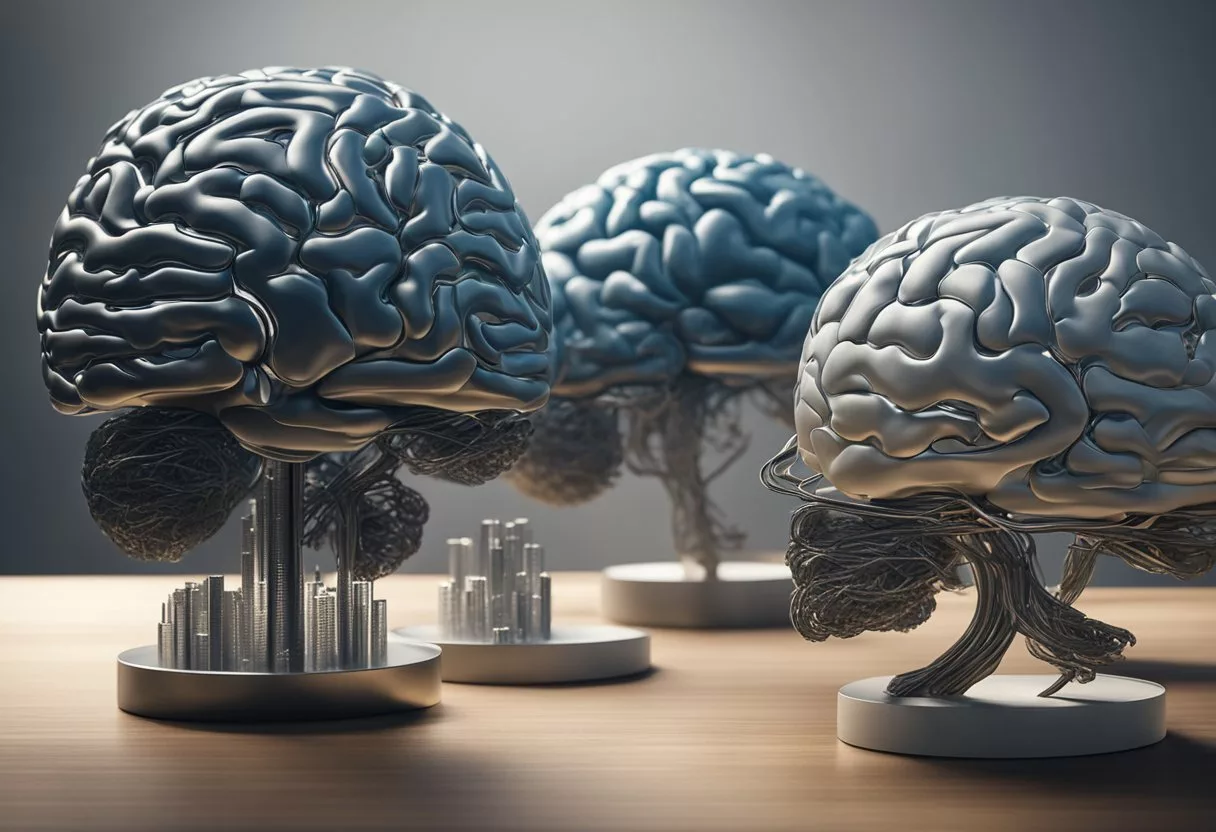
Understanding the diversity in how individuals learn is crucial due to the interplay of genetics, environment, and developmental stages affecting cognitive development.
These differing elements contribute to the personalization of learning methodologies.
Genetic and Environmental Factors
Genetic makeup and environmental influences play vital roles in shaping how individuals absorb and process new information.
For example, the gene coding for Catechol-O-methyltransferase (COMT) has been linked to variations in brain response to specific stimuli.
Additionally, factors such as educational background, cultural exposure, and socio-economic status can cause considerable differences in learning capabilities and preferences among individuals.
Personalized Approaches to Learning
Research indicates that adopting personalized learning strategies that accommodate an individual’s unique cognitive profile can enhance learning outcomes.
For instance, bespoke educational interventions have proven effectiveness in dealing with the wide variance in learning speeds and styles among students. This suggests that customization is key to maximizing learning potential.
The Role of Age in Learning Capacity
The age at which one learns can greatly affect the acquisition and retention of new skills and knowledge.
Critical periods exist during childhood and adolescence where cognitive development is highly responsive to learning stimuli.
However, the brain retains plasticity, allowing for skill acquisition even at later stages of life. Although the processes involved may differ from those in earlier developmental periods.
Neuroscience and Applications Beyond Learning
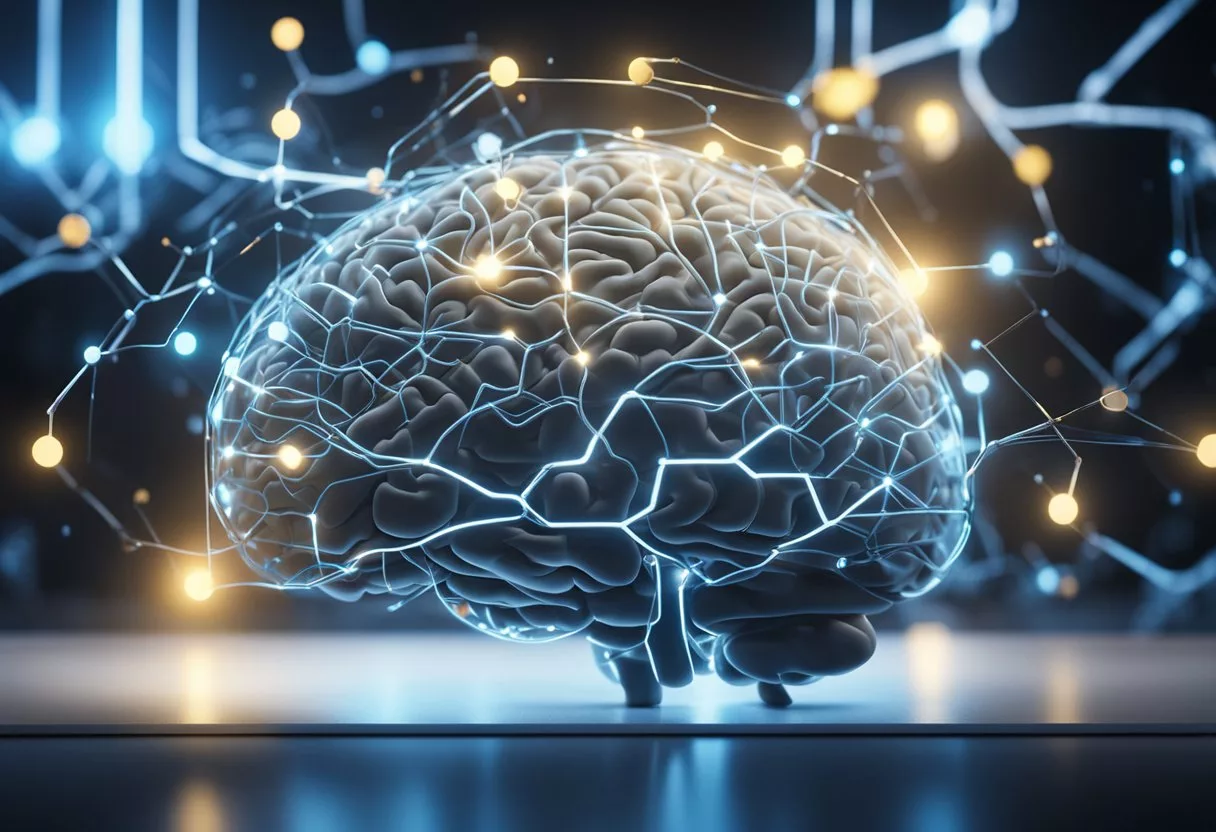
Neuroscience extends its reach beyond the realm of learning into diverse applications that impact daily life and clinical practices.
Progress in this field is not only reshaping our understanding of the brain but also informing the development of innovative technologies and therapeutic strategies.
Robotics and Neuroscience
The interplay between robotics and neuroscience has led to the evolution of neurobiologically inspired robots.
These machines are designed with algorithms that mimic neural processes, leading to improved adaptability and autonomous decision-making capabilities.
Such advancements are particularly evident in the production of prosthetic limbs that interface directly with the user’s neural circuitry, enabling more natural and intuitive control.
Neuromodulation and Clinical Applications
Neuromodulation—the use of electrical or pharmaceutical agents to alter nerve activity—presents transformative clinical applications.
Techniques like transcranial magnetic stimulation (TMS) and deep brain stimulation (DBS) have shown promise in treating neurological disorders, such as Parkinson’s disease and major depression.
These interventions are carefully tailored based on insights from neuroscience research to modulate specific parts of the brain. Their aim is to restore disrupted neural pathways and alleviate symptoms.
Cutting-Edge Research in Neuroeducation

Advancements in neuroeducation bridge the gap between brain research and classroom practice, focusing on how learners’ brain development is influenced by pedagogy.
Interactions Between Neuroscience and Education
Research on the human brain mapping and network neuroscience has paved the way for educators to develop methods tailored to how the brain develops and functions in learning environments.
Studies harnessing neuroimaging techniques have demonstrated that intensive learning can lead to structural changes in the brain. This supports the notion that education impacts brain development far more deeply than once thought.
Future Directions in Brain-Based Learning Strategies
Moving forward, the field of neuroeducation seeks to apply insights from brain development research to create effective learning strategies.
These future directions aim to optimize educational practices, ensuring that learning experiences are aligned with the brain’s natural processes. Ultimately, they aim to lead to enhanced cognitive development and academic achievement.
Expanding the Understanding of Consciousness
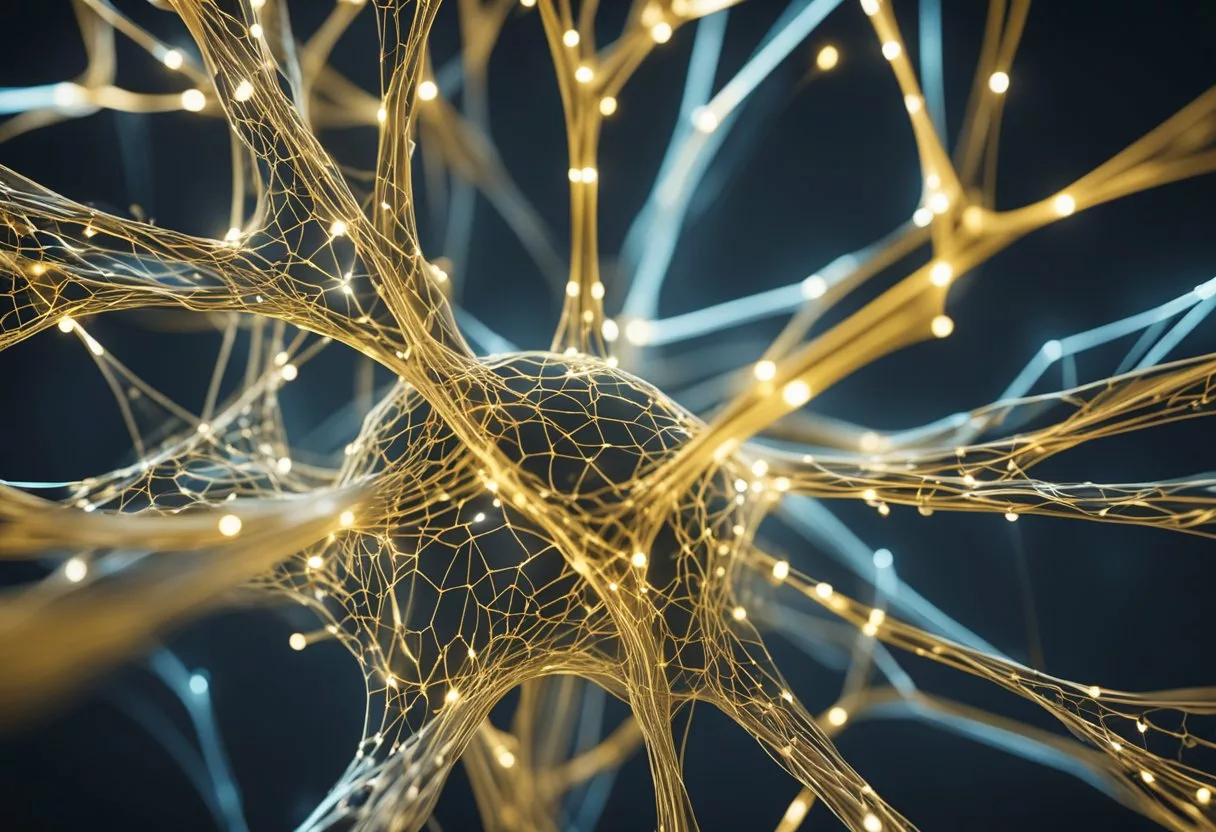
Understanding consciousness involves exploring the complex interactions between perception, emotions, and brain function. Recent studies show the intricate ways in which our conscious experiences are shaped by these factors.
Perception, Emotions, and the Conscious Experience
Perception is the process through which individuals interpret sensory information, ultimately contributing to consciousness.
Sensory input is constructed into a coherent world view, profoundly influencing the conscious experience.
For example, data demonstrates how the brain’s interpretation of sensory signals can alter an individual’s perception of reality, thereby shaping their conscious experience.
Emotions play a crucial role in coloring the tapestry of consciousness.
They can enhance, suppress, or even distort perception and thought processes. The linkage between emotional states and cognitive function suggests that emotions have a significant impact on learning and conscious thought.
It is posited that heightened emotional states can amplify the retention of memories and the vividness of mental imagery.
Consciousness Disorders and Brain Function
Consciousness disorders, such as coma or vegetative states, serve as critical areas for examining the underpinnings of consciousness within the brain.
The differential diagnosis and treatment of such disorders rely on a precise understanding of how various brain structures support conscious states.
Researchers study brain function and structure to understand how disruptions lead to disorders of consciousness.
For instance, the breakdown of communication networks within the brain is often associated with altered states of consciousness. By investigating these disruptions, scientists gain insights into which brain regions contribute to the continuum of conscious experience.
Health Implications of Intensive Learning
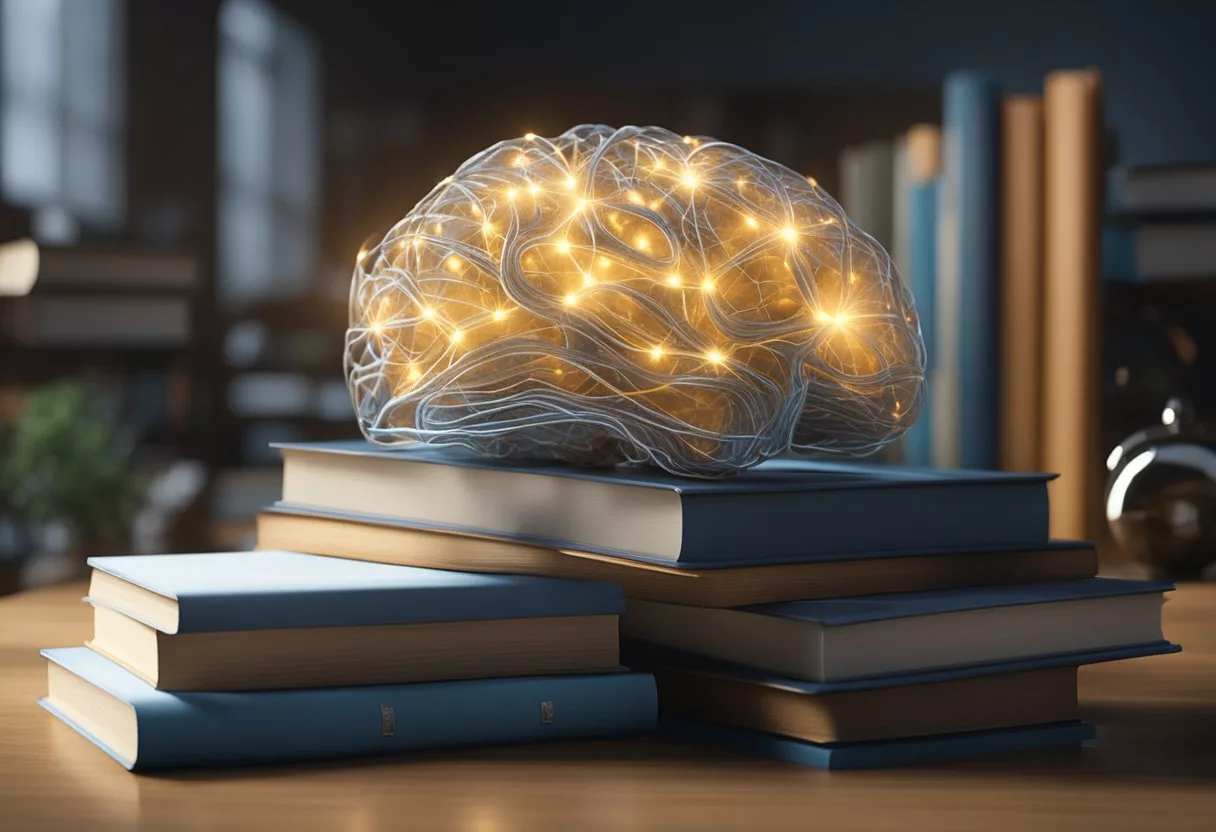
Intensive learning can have a significant impact on both mental and physical health. It is associated with changes in brain structure and function, which may affect levels of neurotransmitters such as serotonin and dopamine.
Impact on Mental Health
Intensive learning has been linked to structural changes in the brain, particularly in areas involved with memory and learning, such as the hippocampus.
This has implications for mental health, as these structural changes can influence the regulation of mood and stress.
For instance, a study on medical students showed that extensive learning is associated with gray matter changes in the right hippocampus. This suggests a capacity for the brain to adapt during periods of intensive cognitive activity.
Moreover, alterations in neurotransmitter levels, like serotonin and dopamine, during intensive learning, could lead to improvements in mood and cognitive functioning. Therefore, the process of rigorous educational engagement, while challenging, may also fortify mental resilience.
Physical Health and Brain Functioning
The relationship between intensive learning, physical health, and brain functioning is multifaceted.
On one hand, aerobic exercise has been recognized for its role in enhancing cognitive performance and inducing structural brain changes, which suggests that physical activity combined with learning could be particularly beneficial.
While the direct impact on illness prevention is less clear, maintaining physical health through exercise may contribute to optimal brain health during periods of intensive learning.
Conversely, the stress associated with intense cognitive demands, if not managed properly, could have negative implications on one’s physical well-being, potentially influencing the occurrence of illness.
However, it’s important to note that individual differences, such as genetic polymorphisms like the val 66 met in the BDNF gene, can affect the degree to which training might overcome genetic predispositions impacting short-term plasticity and possibly health outcomes.
Emerging Trends in Neuroscience
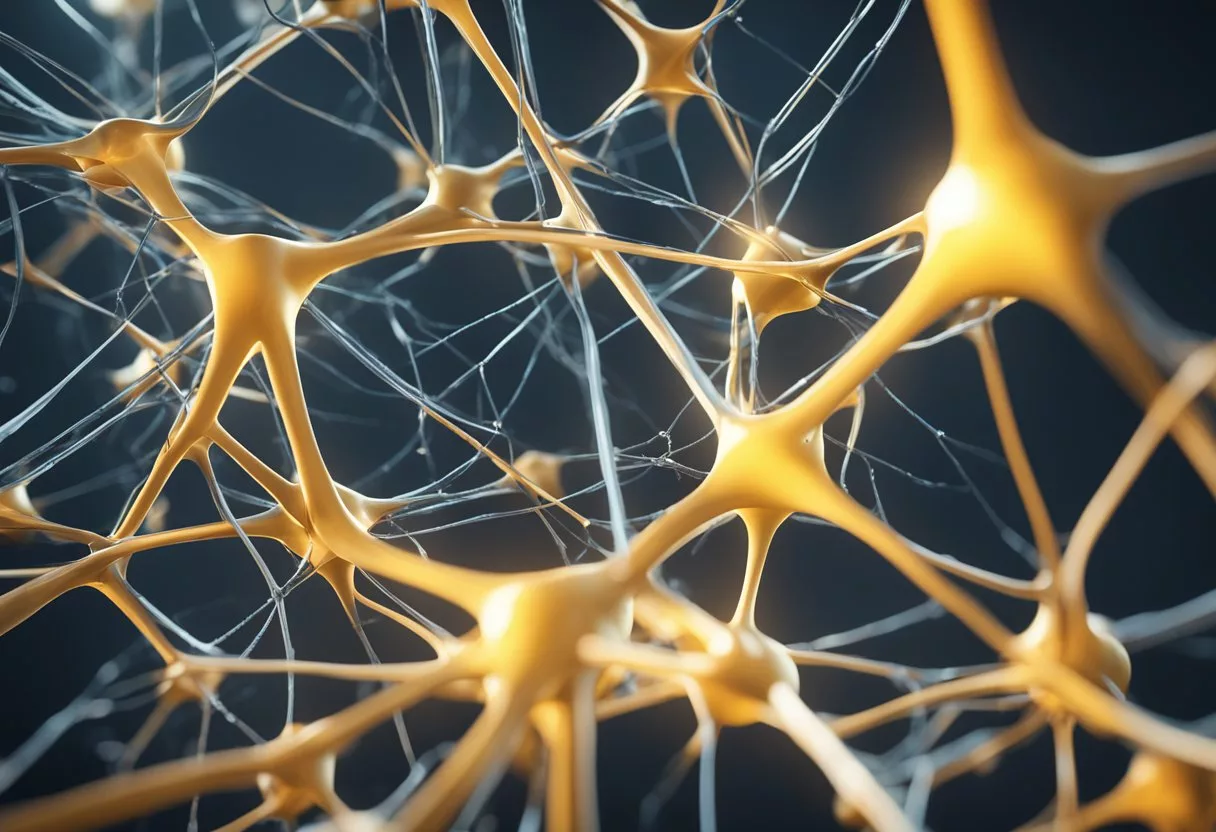
Recent advancements in neuroscience underscore the intricate connections within the brain, holistic modeling approaches, and the dynamic nature of brain plasticity influenced by learning.
The Connectome and Large-Scale Networks
The human connectome represents a comprehensive map of neural connections in the brain, detailing how different brain regions interact to form large-scale networks.
These networks are crucial for cognitive function, linking disparate areas of the brain to support various mental processes.
Studies utilizing techniques like functional MRI have provided insights into functional connectivity, revealing the dynamic patterns of synchronicity across these vast neural networks.
Innovations in Whole-Brain Modeling
Whole-brain modeling stands at the forefront of simulating the brain’s structure and functions.
This approach integrates empirical data from various neuroimaging techniques to create detailed models.
It allows researchers to predict how changes within different areas of the brain might affect overall function and behavior.
These innovations aid in understanding complex brain dynamics and can potentially forecast the impact of neurological interventions.
The Interplay between Brain Plasticity and Learning
Brain plasticity, also known as neuroplasticity, is the brain’s ability to reorganize itself by forming new neural connections throughout life.
Learning and experience are key drivers of this adaptive change, leading to the strengthening or weakening of synapses.
Intensive learning experiences, in particular, can lead to notable changes in brain structure. Studies on individuals receiving intensive training provide evidence for this.
These changes reflect the brain’s remarkable capacity to adapt in response to learning and environmental demands.
Frequently Asked Questions
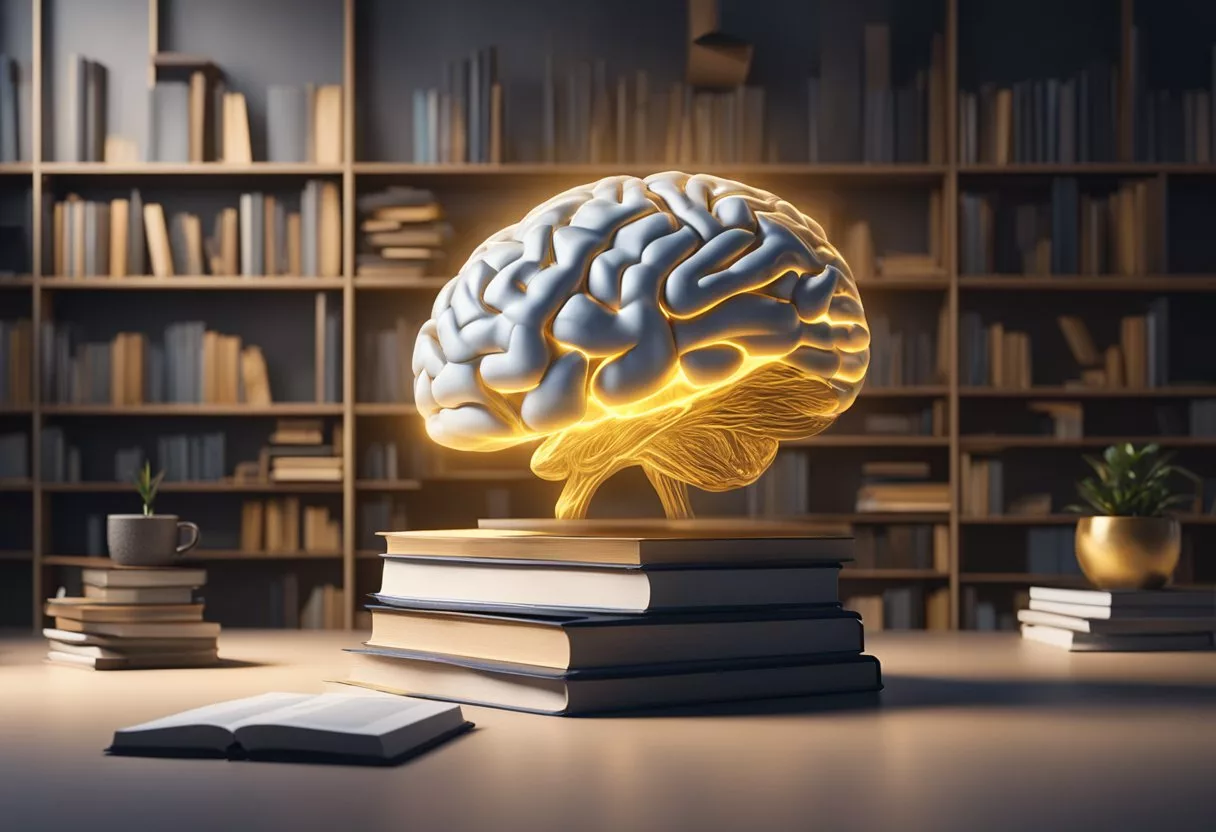
Learning is a complex process, involving an array of brain functions and structures. This section addresses common inquiries about the intricacies of intensive learning and how it correlates with brain anatomy and cognitive mechanisms.
What role do neurons play in learning and cognitive development?
Neurons are the fundamental units of the brain and nervous system, responsible for processing and transmitting information through electrical and chemical signals.
They adapt their connections during learning, a process known as synaptic plasticity. This process is critical for cognitive development and the acquisition of new knowledge and skills.
How does acquiring new skills influence neuroplasticity and brain adaptation?
Acquiring new skills induces changes in neuroplasticity, enhancing the brain’s ability to reorganize and form new neural connections.
This adaptive capability facilitates the brain’s restructuring in response to learning, which is crucial for mastering complex tasks and adjusting to new information.
In what ways does learning enhance brain memory systems?
Learning stimulates multiple memory systems within the brain, including the hippocampus for long-term memory consolidation and retrieval.
As memory systems are engaged and strengthened through learning tasks, they become more efficient in processing and storing information.
What is the relationship between educational experiences and neurological development?
Educational experiences are linked to neurological development by providing stimuli that shape the neural architecture.
Continuous educational challenges contribute to the growth of neural networks, potentially leading to higher cognitive functions and more sophisticated problem-solving abilities.
Can learning new concepts and skills improve overall brain health?
Engaging in the learning of new concepts and skills can improve overall brain health by maintaining cognitive function and potentially delaying the onset of age-related decline.
Regular mental challenges can promote mental agility and sustain brain vitality.
What are the negative impacts on the brain’s structure and its capacity to learn?
Excessive stress and lack of stimulation can have detrimental effects on the brain’s structure, reducing its capacity to learn.
Chronic stress can lead to neuronal damage. It particularly affects areas involved in memory and learning. Meanwhile, a lack of cognitive challenges may result in the atrophy of critical brain regions.